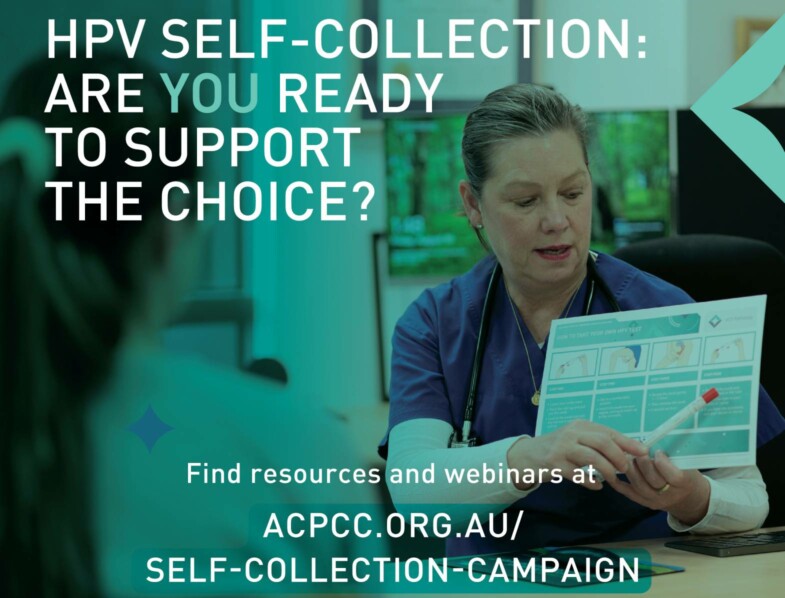More than 70% of cervical cancer cases in Australia occur in people who have never been screened or are overdue, making under-screening the main risk factor.
Did you know that Aboriginal and Torres Strait Islander women and people with a cervix, as well as those from Culturally and Linguistically Diverse (CALD) backgrounds, are among under-screened groups, placing them at an increased risk of cervical cancer?
In an effort to address disparities, a national campaign is set to launch to these audiences in September promoting the option to self-collect, which will likely result in an increase in patient demand. Are YOU ready?
Self-collection is just as sensitive for the detection of HPV and CIN2+/adenocarcinoma in situ as a clinician-collected sample and can help overcome screening barriers (e.g., privacy/modesty concerns, fears of discomfort and pain, previous trauma, etc.). Therefore, self-collection can help engage those who would otherwise not participate in screening – but only if they are provided with the option to do so.
As a healthcare provider, you have a key role in cervical cancer elimination through offering your patients an informed choice between the two testing methods. You can offer self-collection to all of your routine (asymptomatic) cervical screening patients.
To get up to speed, you can visit the ACPCC website to find webinars, podcasts, provider resources, and CPD opportunities on HPV self-collection. The ACPCC also houses how-to guides for patients in 20 different languages. Lastly, make sure to contact your laboratory to ensure you have the correct swabs and instructions to offer self-collection.
